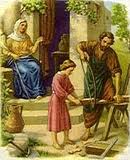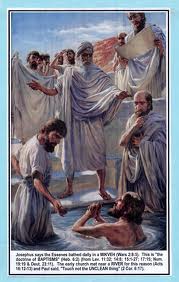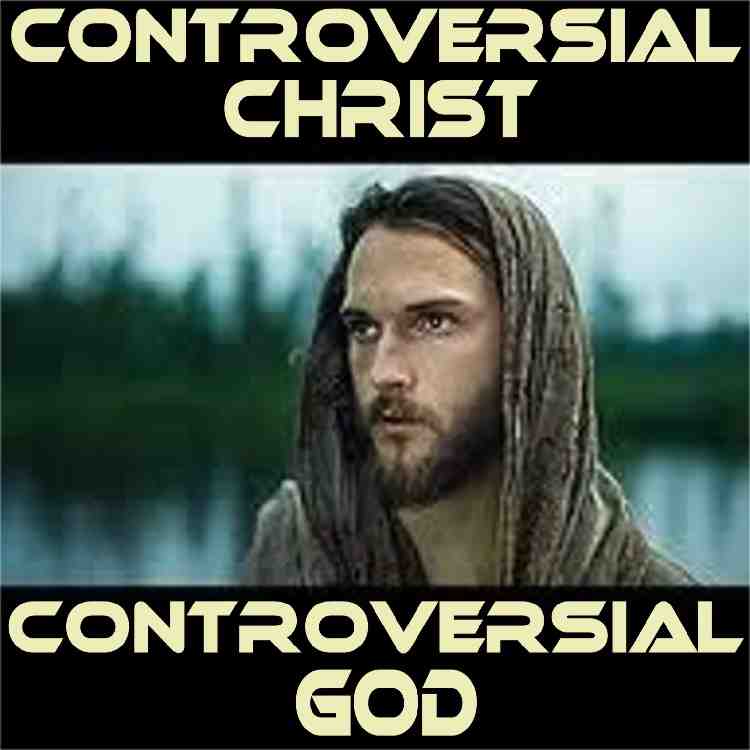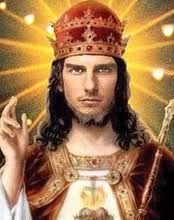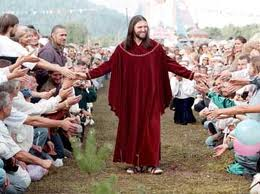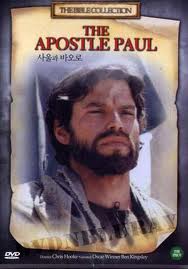|
|
|
Page 2 of 16 |
* PENTECOST*
THE WORLD'S GREATEST HOLINESS PREACHER! |
|
A New Light Dawns! |
|
, The Dilemma Today in Our Time - The 21st century not the 1st Century- (the century in which Jesus Christ actually lived) -- Is that we, the on-lookers -- The undecided -- The teenagers and youth of today Those who have a CHOICE about whether or not they want to set foot in a church of any type--EVER! Is that we (not the church-goers) are presented (by TV and Cable) and by ADS for Religious meetings, by historical school courses, by rumors and the traditions of our church-going friends -- and by Hollywood movies we may attend out of curiosity -- with 6 decidedly different and incompatible with each other pictures or personalities of JESUS CHRIST! |
|
6 Commonly Proposed Pictures or Personalities of Jesus Christ |
||||||
|
|
|
|

|
Dr. Robert F. Holt, MD pictured here with this montage of pictures representing the Dead Sea Scrolls, is obviously biased towards Jesus #3, that Jesus was an Essene, but he'll discuss in 6 pages, beginning with this one, all these viewpoints and conflicting personalities for Jesus. |
|
SECULAR WRITERS, those looking at Historical Events and People who have changed the world in a significant manner, separate what has been said about Jesus in the time in this world's history in which he supposedly born, grew up to adulthood, taught and preached his message to those who could at that time listen to him personally, and possibly some few of them write down his words and actions, from those others who only heard about him and his group of followers, called Christians, and mentioned what they knew or had heard as part of their comments on other matters of more importance to these ancient authors. These secular authors consider these non-Biblical sources as being less biased and possibly more reliable than the Biblical sources, because they rightly realize that Christians will promote what appears to be to their advantage to promote whether it is true or false, totally fabricated, or changed to reflect what they wish to believe. Not a whole lot of what was said about Jesus by contemporary Jewish authors of the early first century AD outside of Josephus, the famous Jewish historian, has survived, because a mere forty years after Jesus' crucifixion the Romans destroyed Jerusalem, burned the temple, and most of the records of that era were lost.
Paul, whose writings make up the bulk of the New Testament writings outside of the four gospels and Acts, is only minimally helpful, because Paul's Epistles or "Letters" speak very little about Jesus' actual life.
|
|
|
|
Josephus, although a lot of his materials would nowadays be classified as hearsay, gossip, and rumour, was much closer to the type of writing we expect of reporters of actual events than many others of that day, and some think far more reliable than what the Gospel Writers wrote. Josephus wrote in Antiquities of the Jews, Book 18, Chapter 3 beginning with verse 63: "Now there was about this time Jesus, a wise man, if it be lawful to call him a man, for he was a doer of wonderful works -- a teacher of such men as receive the truth with pleasure. He drew over to him both many of the Jews, and many of the Gentiles. He was [the] Christ; (64) and when Pilate, at the suggestion of the principal men amongst us, had condemned him to the cross, those that loved him at the first did not forsake him, for he appeared to them alive again on the third day, as the divine prophets had foretold these and ten thousand other wonderful things concerning him: and the tribe of Christians, so named from him, are not extinct at this day." |
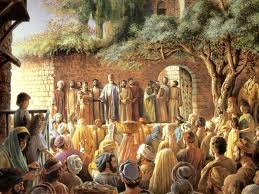
|
NEXT PAGE in this SERIES: JESUS #2 GOD LIVING AMONG MEN -- The DIVINE TRINITY! For Dr. Bob Holt's presentation of this always CONTROVERSIAL subject --- |
